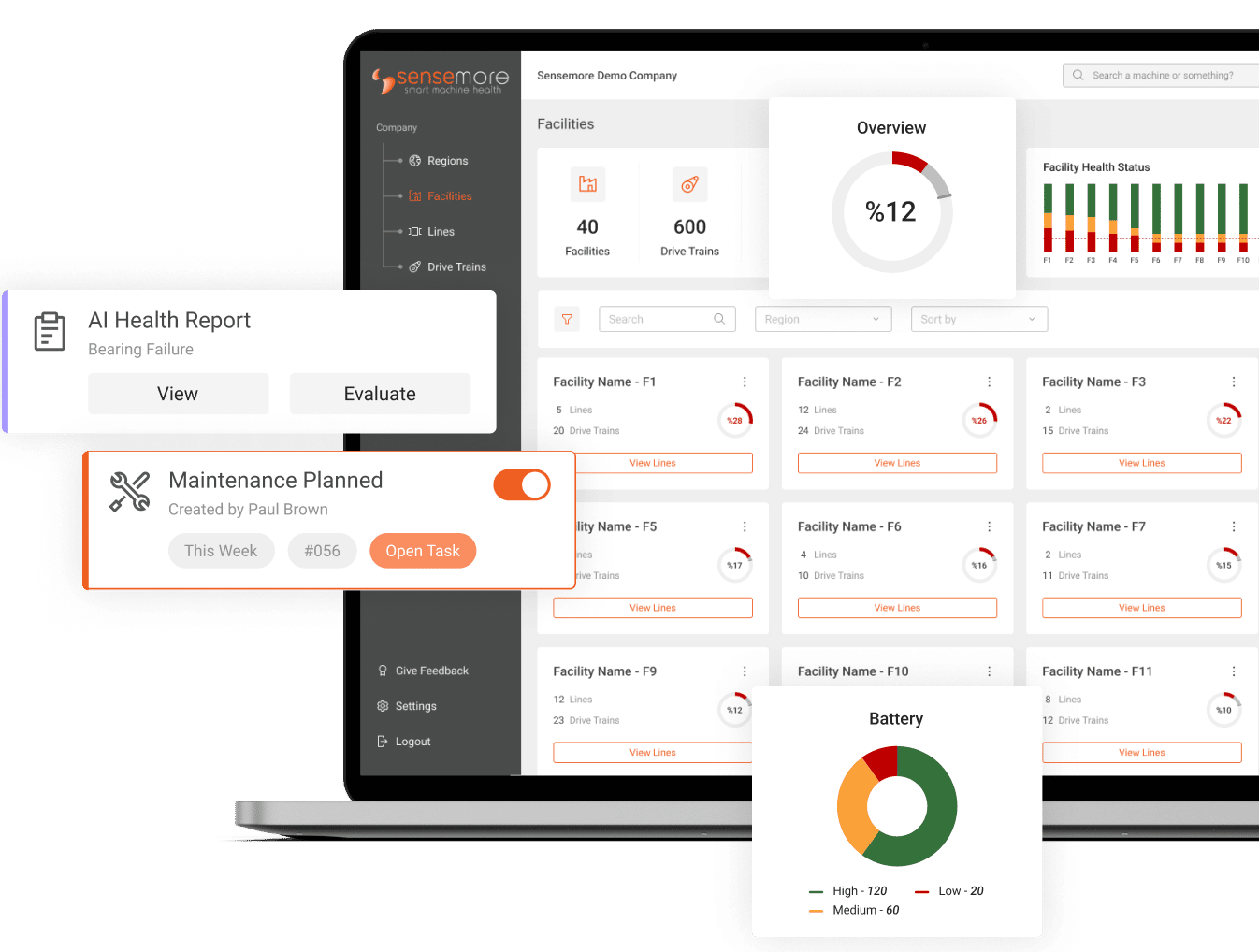Nowadays, it seems like there’s an endless supply of information about IoT. I don’t want this article to be just another IoT piece lost in the noise of fancy marketing words. Instead, let’s embark on a quick journey that will provide you with a clear understanding of IoT, saving you from getting lost in the tangled web of buzzwords.
Definition
By now, the term “IoT” has become quite familiar, so I won’t bore you with a formal definition. However, it’s worth noting that IoT has branched out into various subcategories, such as IIoT (Industrial IoT) and MIoT (Medical IoT), among others. The IoT landscape covers a vast array of technologies, encompassing hardware, software, business intelligence (BI), artificial intelligence (AI), protocols, platforms, and the entire spectrum from edge to cloud.
Yet, it’s essential to recognize that IoT is more than just a collection of technologies. It’s a concept, a philosophy that sometimes gets overshadowed by the technological advancements surrounding it. This distinction is vital, especially for decision-makers like yourself, as it enables you to select the most suitable tools for your specific use case.

An Apology
Now, I must apologize on behalf of the IoT development community. We haven’t always done an excellent job of providing you with what you truly need, while marketing and branding departments often paint technology products in ways that may not align with reality. This chaotic situation often obscures the genuine benefits of the IoT concept, leaving you far removed from solving the actual problems at hand when faced with the overwhelming abundance of IoT frameworks and platforms.
It Depends
It seems we’ve burdened IoT with an extraordinary weight of responsibility and set unrealistic expectations for it. But here’s a thought-provoking question: Do you really need to delve deep into the intricacies of IoT? Let’s consider an example to illustrate this point. Suppose you’re a facility manager at a manufacturing factory seeking to reduce equipment costs. You find a partner who offers an IoT solution, utilizing devices and software to monitor equipment usage, generate business reports, and optimize inventory capacity. All you need to do is enable the necessary requirements, such as Wi-Fi connectivity and firewall rules. In this case, a basic understanding of computer networking is sufficient to implement the IoT solution. So, in essence, you don’t actually need an in-depth knowledge of IoT.
However, there are scenarios where being well-versed in IoT becomes crucial. Let’s imagine you’re a Digital Transformation manager leading an R&D project, and the Quality Assurance department faces challenges with manual product checks. In such a case, you have various options: building the entire IoT system from scratch, developing some components in-house while relying on a partner for the rest, or fully outsourcing the project to a reliable partner. More often than not, the second option prevails because, even with complete outsourcing, you’ll still be involved in managing and overseeing the system. The first option is less common and tends to have a higher risk of failure due to the lack of experience and expertise. While I don’t intend to dampen enthusiasm, this tends to be the reality.
A Quick Heads-up
Therefore, if you find yourself in a situation where a deep understanding of IoT is essential, I urge you to focus primarily on the real problem at hand rather than getting caught up in IoT terminology. Investing in tools that don’t bring you closer to solving the actual problem is nothing short of a waste.
Wrap-Up
In the next sections, we will explore the core aspects of IoT, addressing the questions of necessity, management, cultural transformation, security, and the interplay between the Internet and the “Internet of Things.” Remember, there is no one-size-fits-all approach to IoT, and it’s crucial to navigate this landscape with clarity and purpose.
Keep in touch.

Ozan Ertürk
Co-founder & CTO
Recommended Blog Posts
September 4, 2023
Powerful Signal Analysis Tools for Vibration Analysis
Predictive maintenance, crucial for machinery reliability, heavily relies on vibration analysis. Techniques like FFT…
September 4, 2023
Rotating Machinery Vibration Analysis
Vibration analysis is a critical tool in various industries like manufacturing, power generation, and transportation.…
December 28, 2022
Fault Diagnostic Technique Using Machine Mode Similarity Analysis
AI can diagnose machine faults with vibration data but machine mode similarity analysis is an alternative, it uses…
September 15, 2022
Understanding Rotating Machinery Data
Machine data is generated by physical attributes and actions of machines, collected by sensors and analyzed for…
August 6, 2021
Envelope Analysis
Bearings are critical elements in rotating machines, they support radial and axial loads, and reduce friction. Real…
May 6, 2021
What is Cepstral Analysis?
Cepstral Analysis, a tool used to detect periodicity in frequency spectrum, can be useful in gearbox fault detection in…
October 9, 2020
How is Fault Detection Performed?
Vibration measurements and analysis, using multiple parameters, can identify developing problems in machinery before…
September 21, 2020
Parameter Selections in Vibration Measurement
Vibration measurements are used to determine the response of machines to forces and identify potential issues. It is…
September 4, 2020
What is Vibration Analysis?
Vibration analysis can be used to discover problems in machines and predict when they might fail. It can significantly…












